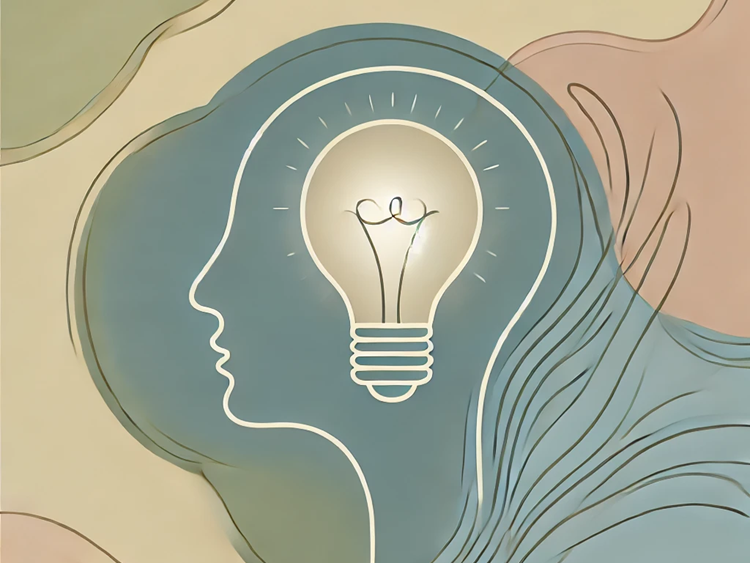Angelman Syndrome (AS)

Overview
Angelman Syndrome (AS) is a rare neurogenetic disorder that primarily affects the nervous system, causing developmental and intellectual disabilities. Named after the British pediatrician Harry Angelman, who first described the condition in 1965, AS is characterized by a distinct set of features, including developmental delays, speech impairment, and a happy, excitable demeanor. The syndrome is often not diagnosed until the age of 2 or 3 when noticeable developmental delays become apparent.
Individuals with Angelman Syndrome generally require lifelong care and support. While there is currently no cure for AS, interventions and therapies can help manage symptoms and improve the quality of life for affected individuals and their families.
Symptoms
The symptoms of Angelman Syndrome can vary widely among affected individuals, but there are common characteristics that define the syndrome. These include:
- Developmental Delays: Individuals with AS typically experience delays in reaching developmental milestones, such as sitting, crawling, and walking.
- Speech Impairment: Most individuals with AS have severe speech impairment or may be nonverbal. Communication is often facilitated through gestures, signs, or assistive devices.
- Happy Demeanor: People with AS often exhibit a unique, happy demeanor characterized by frequent smiling, laughter, and hand-flapping movements.
- Intellectual Disability: Intellectual functioning is significantly impaired, ranging from moderate to severe intellectual disability.
- Hyperactivity: Hyperactivity and a short attention span are common features of AS.
- Sleep Disturbances: Many individuals with AS experience sleep-related issues, including difficulty falling asleep and frequent waking during the night.
Causes
Angelman Syndrome is primarily caused by a genetic abnormality involving the UBE3A gene. In most cases (about 70-75%), individuals with AS have a deletion in chromosome 15 that includes the UBE3A gene. This deletion leads to the loss of function of the UBE3A gene in certain areas of the brain.
In other cases, Angelman Syndrome can result from mutations in the UBE3A gene or uniparental disomy, where both copies of chromosome 15 are inherited from one parent instead of one from each parent. The UBE3A gene is imprinted, meaning only the copy from the mother's side is typically active in certain regions of the brain.
Types
Angelman Syndrome is generally classified into several types based on the underlying genetic cause. The common types include:
- Deletion Type: This is the most common type, where a portion of chromosome 15, including the UBE3A gene, is deleted.
- Uniparental Disomy Type: In this type, both copies of chromosome 15 are inherited from one parent, leading to a lack of functional UBE3A gene from the other parent.
- UBE3A Mutation Type: Some cases result from mutations in the UBE3A gene, affecting its function.
- Imprinting Defect Type: In this type, there is a disruption in the normal imprinting process of the UBE3A gene.
Diagnosis
Diagnosing Angelman Syndrome involves a combination of clinical evaluation, genetic testing, and observation of characteristic features. A healthcare professional, such as a geneticist or a neurologist, may conduct a thorough examination, review the individual's medical history, and assess developmental milestones.
Genetic testing, including chromosomal microarray analysis and DNA methylation testing, is crucial for confirming the diagnosis and identifying the specific genetic cause of AS. In some cases, additional tests, such as EEG (electroencephalogram), may be performed to assess brain activity and identify characteristic patterns associated with AS.
Treatment & Management
While there is no cure for Angelman Syndrome, a multidisciplinary approach is often employed to manage symptoms and improve the overall well-being of individuals with AS. Treatment and management strategies may include:
- Early Intervention: Early intervention programs that focus on developmental and educational support can help individuals with AS achieve their full potential.
- Speech and Communication Therapy: Speech therapy and alternative communication methods, such as sign language or augmentative and alternative communication (AAC) devices, can enhance communication skills.
- Behavioral Therapies: Behavioral interventions may be employed to address hyperactivity, attention issues, and challenging behaviors.
- Seizure Management: As individuals with AS are at an increased risk of seizures, antiepileptic medications may be prescribed to manage and control seizures.
- Supportive Care: Providing a supportive and stimulating environment, along with ongoing medical care, is essential to meet the unique needs of individuals with AS.
- Genetic Counseling: Families affected by Angelman Syndrome may benefit from genetic counseling to understand the genetic basis of the condition and discuss family planning.


